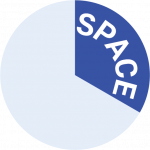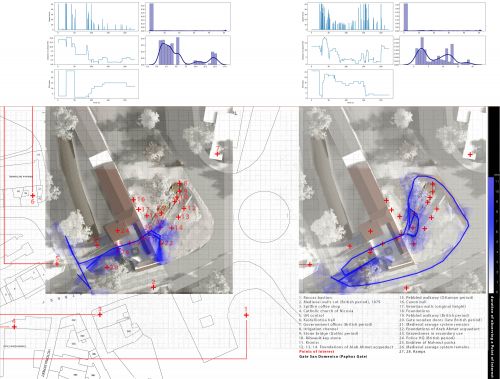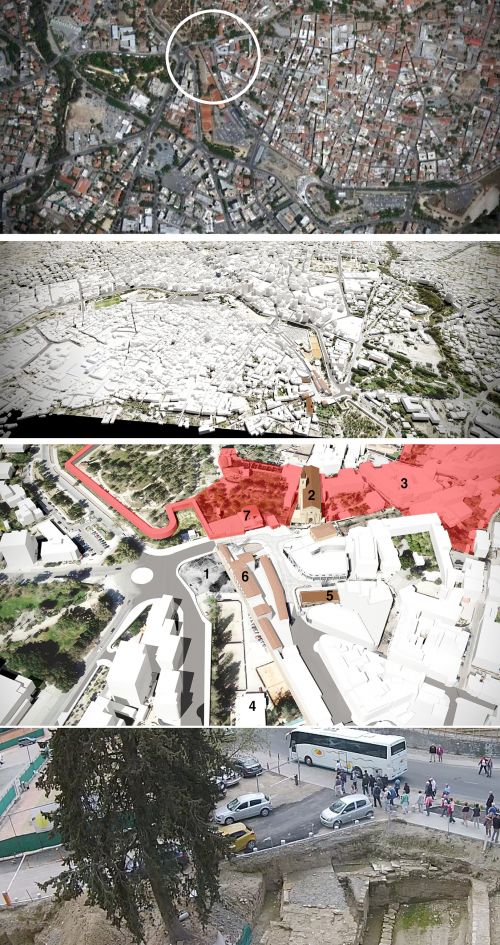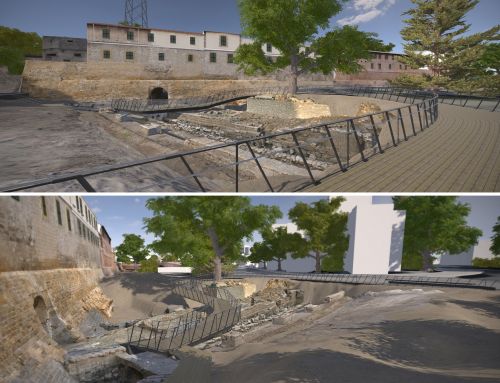m |
|||
| Line 6: | Line 6: | ||
| | | | ||
<h3>Georgios Artopoulos</h3> | <h3>Georgios Artopoulos</h3> | ||
|- | |||
|<h2>COLLABORATORS:</h2> | |||
|Nikolas Bakirtzis, Colter Wehmeier, Panayiotis Charalambous, Charalambos Ioannou, Harry Varnava, Agni Petridou; Cyprus Department of Antiquities; Nicosia Municipality; AVL, NCSA University of Illinois at Urbana-Champaign | |||
|- | |- | ||
| colspan="2" | | | colspan="2" | | ||
Revision as of 10:27, 15 January 2021
Author: |
Georgios Artopoulos |
COLLABORATORS: |
Nikolas Bakirtzis, Colter Wehmeier, Panayiotis Charalambous, Charalambos Ioannou, Harry Varnava, Agni Petridou; Cyprus Department of Antiquities; Nicosia Municipality; AVL, NCSA University of Illinois at Urbana-Champaign |
Nicosia, Cyprus | |
| https://www.youtube.com/watch?v=RUzNFDPV1_o&feature=youtu.be
https://www.youtube.com/watch?v=n4h4v_RFSCc&feature=youtu.be https://www.youtube.com/watch?v=rpYCV6II1Z0&feature=youtu.be | |
This research proposes a methodology for the cross-disciplinary study and analysis of complex urban realities, such as historic Mediterranean cities, with the use of advanced digital tools for the creation and development of real-time virtual environments for research and collaboration that capture data of users’ behaviour in space. The objective of this research is a digital platform, which through immersion, cinematic language, urban modeling, interaction and crowd simulation enables the evaluation of alternative planning scenarios and design interventions in the context of the management plan of open public spaces that used to be popular within the urban fabric of European cities but are now forgotten or in limbo due to political, economic, or social pressures.
First step in this methodology is a ‘virtual world creator’: this tool allows users to choose, sketch, follow and virtually explore paths and routes inside the projected space in order to offer their personal account of how the specific public space should operate and consolidate their understanding of the complex urban space (Figure 1). The interface enables sketching proposed routes in and around the historic site by users. These routes are then automatically mapped in the virtual environment in order for their ‘co-creators’ and others to walk them and assess their experience in Virtual Reality. This research invests in utilizing data from real world crowds, both for simulation and analysis of crowd behaviour in different scenarios (e.g., different paths as defined by real users), hence the case presented focuses on data-driven approaches (Figure 2). The process involves a) tracking spatio-temporal trajectories of people in image space, b) ortho-projecting them from image to world space and finally c) animating them by placing virtual characters on them.
We applied this methodology in COST Action Training events, and local VR theatre evaluation sessions to engage local stakeholders, international experts, authorities and inhabitants of the city in the management of the archaeological site of the moat of the medieval city of Nicosia (Figure 3), and we co-designed walking platforms through the excavated area of the moat in order to promote its historical significance for the city as well as its reintegration in the network of public spaces and circulation routes around the historic neighbourhood of the Paphos Gate (Figure 4). This method delivers experiences that facilitate steering the planning and site management process towards the right direction since all distinct groups of citizens should be offered opportunities to grow links with a place which will contribute to a feeling of belonging. These opportunities emerge out of the co-development of common visions for their neighbourhood and the public spaces they occupy, their familiarization with social and cultural conditions, the topography of a place, its history and associated local narratives.
- Project
- Purpose Activation
- Purpose Collaborating
- Purpose Educate
- Purpose Decision making
- Purpose Designing
- Co-Creation Co-analysis
- Outcome Design
- Outcome Awareness
- Mechanics Simulations
- Technology Tools AR VR
- Technology Tools Data Collection Visualization
- Aesthetics Realism
- Scale Neighbourhood
- Audience Planning expert
- Audience Stakeholders
- Audience Policy Makers
- Scope Pre-defined






